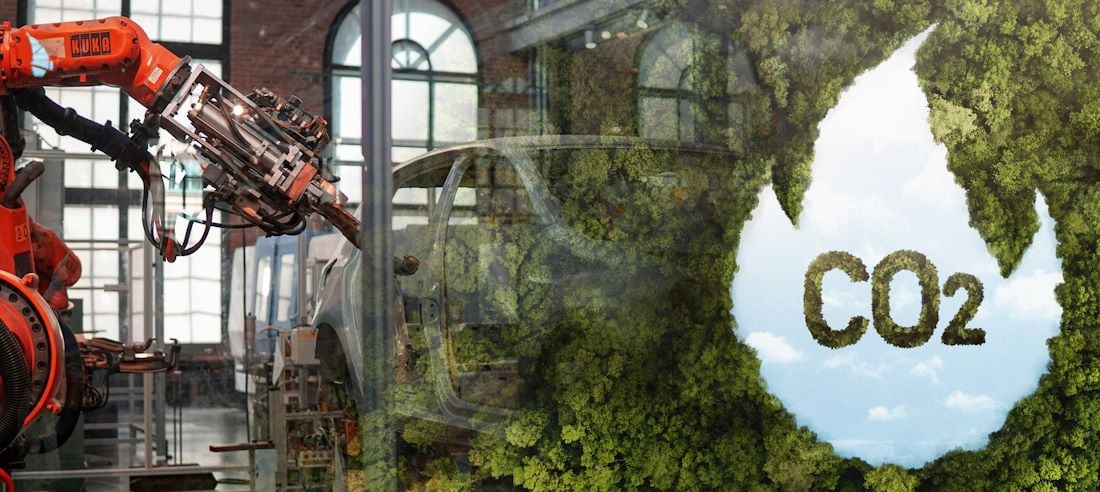There are these technical terms – complicated words with Latin origins – that experts have used for ages without any outsider noticing. All of a sudden one of these terms magically manages to escape the academic ivory tower. Enjoying newly found freedom, the term slowly makes its way into the mainstream. But the road is long and hard, the poor term runs the risk of being misused. Resilience is one of these terms, a tricky little word with many meanings and different connotations. Resilience is now on the verge of making it to the masses. Well, maybe not the masses, but to a broader community of sustainability oriented clientele. Light will be shed on three uses of the term resilience today, paving the way for correct usage and a happy life for resilience ever after.
1.Resilience (Physics)
This is the easy part. As Wikipedia says, “Resilience is the ability of a material to absorb energy when it is deformed elastically, and release that energy upon unloading.” You squeeze a sponge, and upon unloading, it expands to its original form.
2. Resilience (Ecology)
Crawford Stanley Holling, the godfather of ecosystem resilience, introduced the concept as early as 1973. Basically, it expands the physical definition to apply it to ecosystems. So ecosystem resilience refers to the ability of a system to absorb a disturbance without losing its stability. Think a forest recovering from a fire. Trees turn to ashes, but eventually, new trees start growing and after a long enough time span, the forest turns green and prosperous again. But, of course, disturbances are not only of natural origin, like a forest fire can be. Holling identified four different ways in which ecosystems change dynamically. Charles Perrings summarized them in one of his “Selected Essays” (1997, 48):
Holling (1973, 1986, 1992) has described the dynamics of ecosystems in terms of the sequential interaction between four system functions. These are exploitation – processes responsible for rapid colonization of disturbed ecosystems; conservation – the accumulation of energy and biomass; creative destruction – abrupt change caused by external disturbance which releases energy and matter; and reorganization – mobilization of matter for the next exploitative phase.
Unfortunately, it is not as easy as this. There is a second approach to ecological resilience. Peter Schulze called it the engineering resilience of ecological resilience, as opposed to the ecological resilience. He reviews these two approaches as follows (1996, 47):
One definition focuses on efficiency, constancy, and predictability – all attributes at the core of engineers’ desires for fail-safe design. The other focuses on persistence, change, and unpredictability – all attributes embraced and celebrated by biologists with an evolutionary perspective and by those who search for safe-fail designs.
Concerning the latter definition of ecological resilience, interesting conclusions can be drawn. Perrings, for instance, said that nature can never be priced. What we would expect from resilience, monetizing ecological limits, is in fact impossible (Perrings 1997, 60):
[At] the root of the problem is a rather less-worn fact that many of the key ecological processes are neither observable nor controllable, and that the basic boundaries are not well defined. No allocation of property rights, no reform of government pricing policies, no estimate of the willingness to pay for public goods can change this.
Instead of showing the exact limits of pollution, the concept of resilience can only show possible risks. It is, he continued, rather a means of risk management:
In these circumstances, the best that can be achieved through environmental management is the stabilization of the system at sustainable levels of activity, and this is the same as the protection of system resilience (Perrings, 1991). Nor is it possible to evaluate the costs and benefits of stabilization. Since the location of the unstable manifolds that constitute the thresholds of resilience and the system dynamics beyond those thresholds are generally not known, there is a very large element of fundamental uncertainty about the cost of approaching the thresholds of resilience.
[…]A strategy for sustainable development within a finite system is essentially a strategy for containing and insuring against [the potential for unanticipated and ‘catastrophic’ effects] risks.
3. Social-Ecological Resilience
The social or social-ecological resilience is the one Inci Goekmen talked about in a knowtheflow-interview from March. It is the most integrative approach to resilience, the one that also makes the most sense from my point of view. Berkes, Colding and Folke (2003) gave the reasons why. Nothing beats a comprehensive definition – I allow myself to leave the stage now and let Berkes et al. draw the conclusion:
Not only are there natural disturbances, such as forest fires and insect outbreaks, but many human activities, such as resource use and pollution, which also create disturbances. Ecosystem responses to resource use, and the reciprocal response of people to changes in ecosystems, constitute coupled, dynamic systems that exhibit adaptive behaviour (Gunderson et al., 1995). This recognition brings into focus the second and third defining characteristics of resilience, those regarding self-organization and learning. It underscores the importance of considering linked social-ecological systems, rather than ecosystems or social systems in isolation (Berkes and Folke, 1998).
If you wish to explore practical research results in the frame of social-ecological resilience, I suggest a dive right into the publications of the Stockholm Resilience Centre.
Further Reading
- Berkes, F., Colding, J., Folke, C. (2003), Navigating Social-Ecological Systems: Building Resilience for Complexity and Change, Cambridge University Press. Google Books Link
- Gunderson, L. H., Allen, C. R., & Holling, C. S. (2009). Foundations of ecological resilience. Washington, DC: Island Press.
- Perrings, C. (1997), Economics of Ecological Resources: Selected Essays, Edward Elgar Publishing.
- Schulze, P.C. (1996), Engineering Within Ecological Constraints, National Academies Press. Google Books link
Article image by Drew Coffman
![]()





